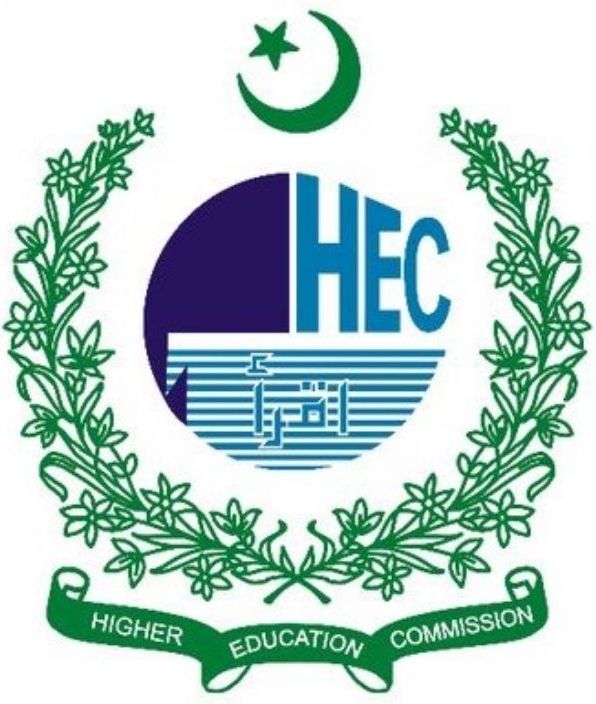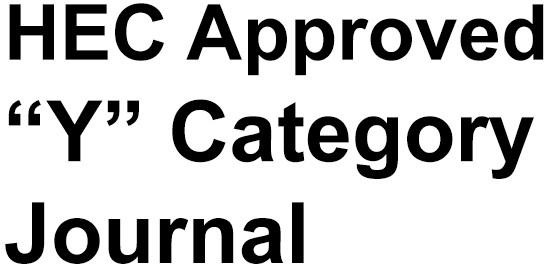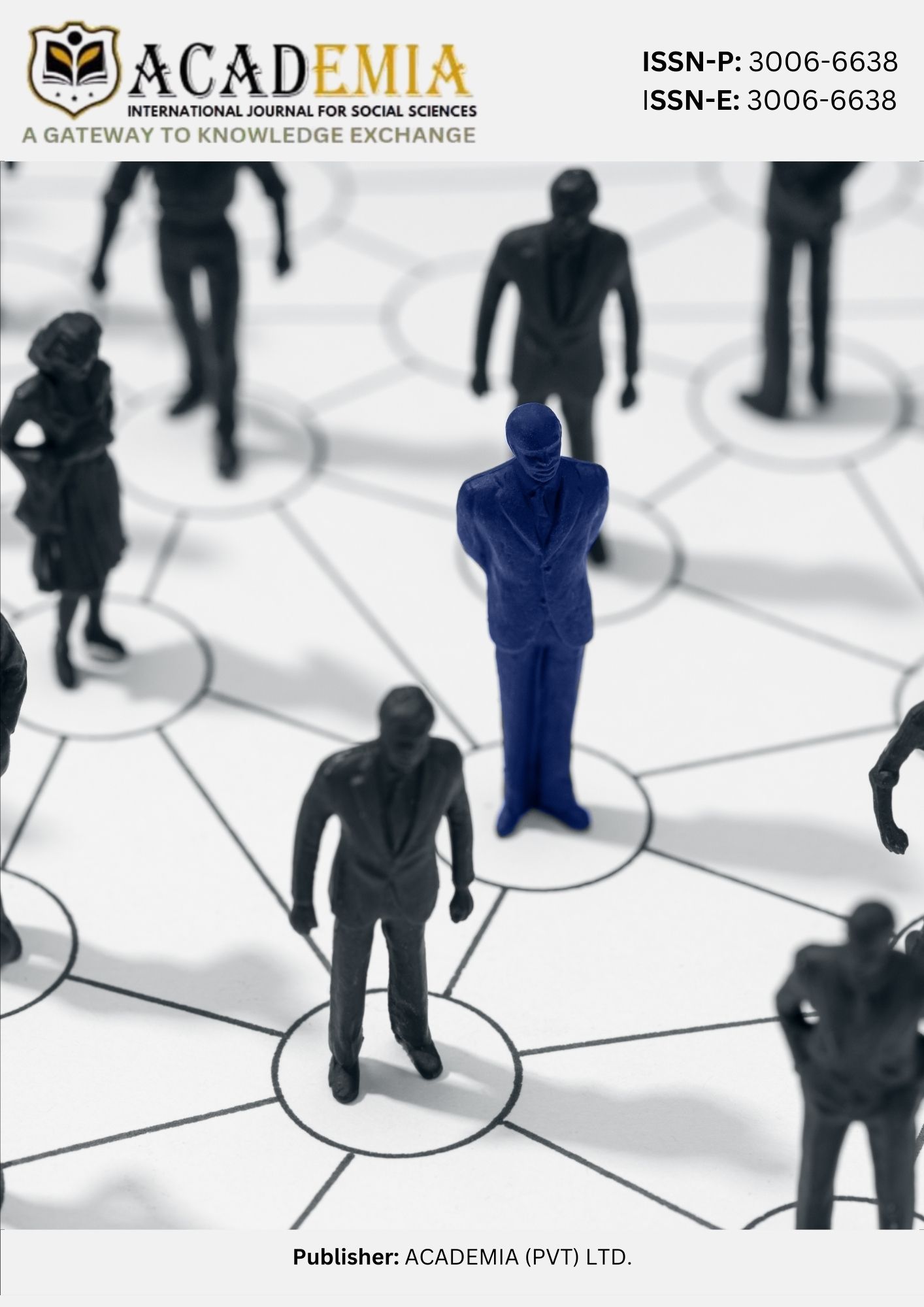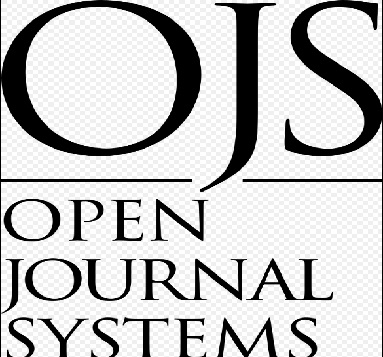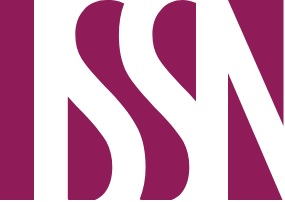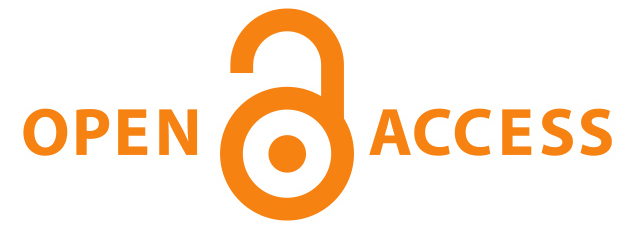Transitivity Analysis of Mohsin Hamid’s Short Narrative “Alien Invasion in G.L.A.C”
DOI:
https://doi.org/10.63056/ACAD.004.02.0270Keywords:
Systemic Functional Linguistics , Transitivity , Identity , Mohsin Hamid , Literary Discourse , Social Exclusion, AlienationAbstract
This study applies Systemic Functional Linguistics (SFL), particularly Halliday and Matthiessen’s (2014) transitivity framework, to analyze Mohsin Hamid’s Alien Invasion. Using qualitative and quantitative clause-level labelling of processes, participants, and circumstances, it explores how linguistic choices build themes of alienation, identity, and societal perception. The analysis reveals that material processes dominate (68.5%), emphasizing the narrator’s active struggle for agency in a context of social exclusion. Relational processes (15.2%) serve to define and label identities, while mental processes (12.0%) reflect the narrator’s internal experiences of otherness. The frequent use of Place circumstances (36%) highlights the spatial dimension of elimination, and the near absence of behavioral processes signals a narrative focus on purposeful action. Crucially, the study finds that Hamid’s transitivity patterns frame alienation as both a societal structure through Actor and Carrier participants. It also finds personal, subjective experience through Sensers. The grammar of the narrative shows social boundaries, particularly through existential processes that linguistically mark absence of belonging. These findings highlight the ability of SFL to uncover the value system of literary texts and offer a replicable model for analyzing how language makes social division. Moreover, the study highlights the role of literature in critiquing real-world racism and suggests that transitivity analysis can make broader discourse studies on themes like migration, identity politics, and systemic exclusion.
Downloads
Published
Issue
Section
License
Copyright (c) 2025 Zeeshan Ali, Rimsha Kanwal, Dr. Hafiz Muhammad Qasim (Author)

This work is licensed under a Creative Commons Attribution 4.0 International License.


